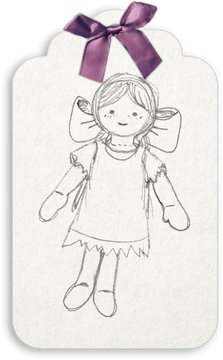THE STORY
Eppie Peppercorn began when I was 12-years-old. My younger sister, age 7, refused to take a bath. Trying to encourage her to stay in the tub, I offered to tell her the adventurous tale of Eppie Peppercorn, the elf who lived in our spice cabinet. Eppie Peppercorn--mischievous and tiny--kept the cabinet tidy and always smelled of cinnamon. Though petite, she was brave, clever and creative. She fought pirates, played with pixies and followed us to school. Each night, at bath time, I would tell another tale of Eppie P. Peppercorn and her companion, Tulip Petal Pearl. The stories I wrote about Eppie Peppercorn are almost twenty-years old, and still treasured by my family. |


